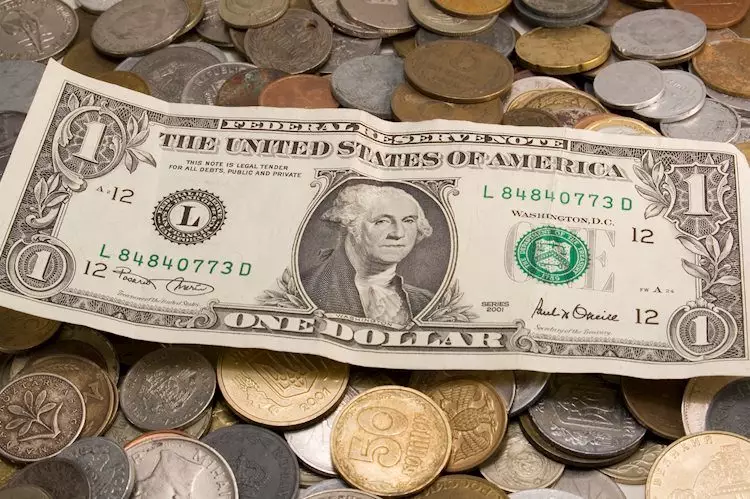In recent weeks, the US Dollar has exhibited notable resilience, particularly in the wake of decisively volatile decisions made by the Federal Reserve (Fed). Despite being disadvantaged by a moderate economic slowdown, a careful analysis of the available indicators reveals that economic activity in the United States is robust. The Fed’s monetary policy remains reactive, intending to adjust its interest rates in line with forthcoming economic data. Nevertheless, with critical events such as the upcoming presidential election on the horizon, the implications for broad financial markets remain uncertain, although the Dollar currently retains a firm position.
Market sentiment has been buoyant, primarily driven by anticipations of substantial GDP growth in the latter half of the year. The latest predictions from the New York Fed’s Nowcast model forecast a commendable 2.6% seasonally adjusted annual rate (SAAR) growth for the third quarter and a still-healthy 2.2% SAAR growth for the fourth quarter. Such projections indicate that the economy is experiencing a phase of resilience, despite being met with expectations of potential slowdowns. Financial conditions appear to remain relatively loose—an environment that the Fed likely appreciates, as it mitigates the risks associated with a hard landing for the economy.
Yet, there exists a paradox within the market. As the Fed attempts to recalibrate and adopt a more hawkish stance by resisting easing expectations, market participants seem to quickly pivot. Initial reactions suggested a degree of downward adjustment in rate hike expectations; however, traders are now pricing in an additional 75 basis points of rate cuts by the year’s end and nearly 250 basis points in cuts for the following year. This speculative shift suggests a market that retains deep trust in the softening stance of the Fed, which, in turn, poses potential challenges for the Dollar’s strength in the longer term.
The DXY index, which measures the Dollar’s performance against a basket of major currencies, has seen somewhat of an uptick, but technical indicators hint at underlying weaknesses. Specifically, the Relative Strength Index (RSI) stands at 40, nearing over-sold territory, while the Moving Average Convergence Divergence (MACD) shows decreasing green bars. These signals suggest a lack of substantial buying pressure, indicating that pessimistic market sentiments could continue to influence the Dollar’s path moving forward.
Support levels for the DXY index are marked at 100.50, 100.30, and the psychological threshold of 100.00. Conversely, resistance can be identified at 101.00, 101.30, and 101.60. These technical assessments are instrumental for traders and analysts, as they provide insights into potential market movements as they react to forthcoming developments.
Historically, the US Dollar has established itself as a cornerstone of global finance and trade. Initially emerging as the world’s reserve currency following World War II, the Dollar replaced the British Pound, and this status was cemented when the Gold Standard was abandoned in 1971. In modern currency markets, the Dollar accounts for more than 88% of global foreign exchange turnover, highlighting its dominance globally.
Monetary policy remains the primary driver influencing the Dollar’s value, dictated by the mandates of the Federal Reserve to maintain price stability and full employment. The Fed employs various mechanisms, with changes to interest rates being a central tool. When inflation surges beyond the targeted 2%, the Fed raises interest rates, enhancing the Dollar’s strength. Conversely, in scenarios of economic deceleration or rising unemployment, the Fed may lower rates, precipitating a depreciation of the Greenback.
In extreme situations, the Fed may resort to quantitative easing (QE)—a strategy to inject liquidity into the financial system by purchasing government bonds. While QE can soften the value of the Dollar, the converse—quantitative tightening (QT)—is employed to bolster it, restricting the influx of new dollars into circulation.
As the US economy navigates through a period of uncertainty defined by varying growth predictions and fluctuating market sentiments, the US Dollar’s ability to retain strength is critical. The interplay between monetary policy adjustments, market expectations, and broader geopolitical changes, particularly with an election year approaching, will require careful monitoring. The Dollar, while currently resilient, may face pressures from both hawkish Fed attitudes and dovish market anticipations. Ultimately, its trajectory will depend on how these dynamics evolve in the coming months.

